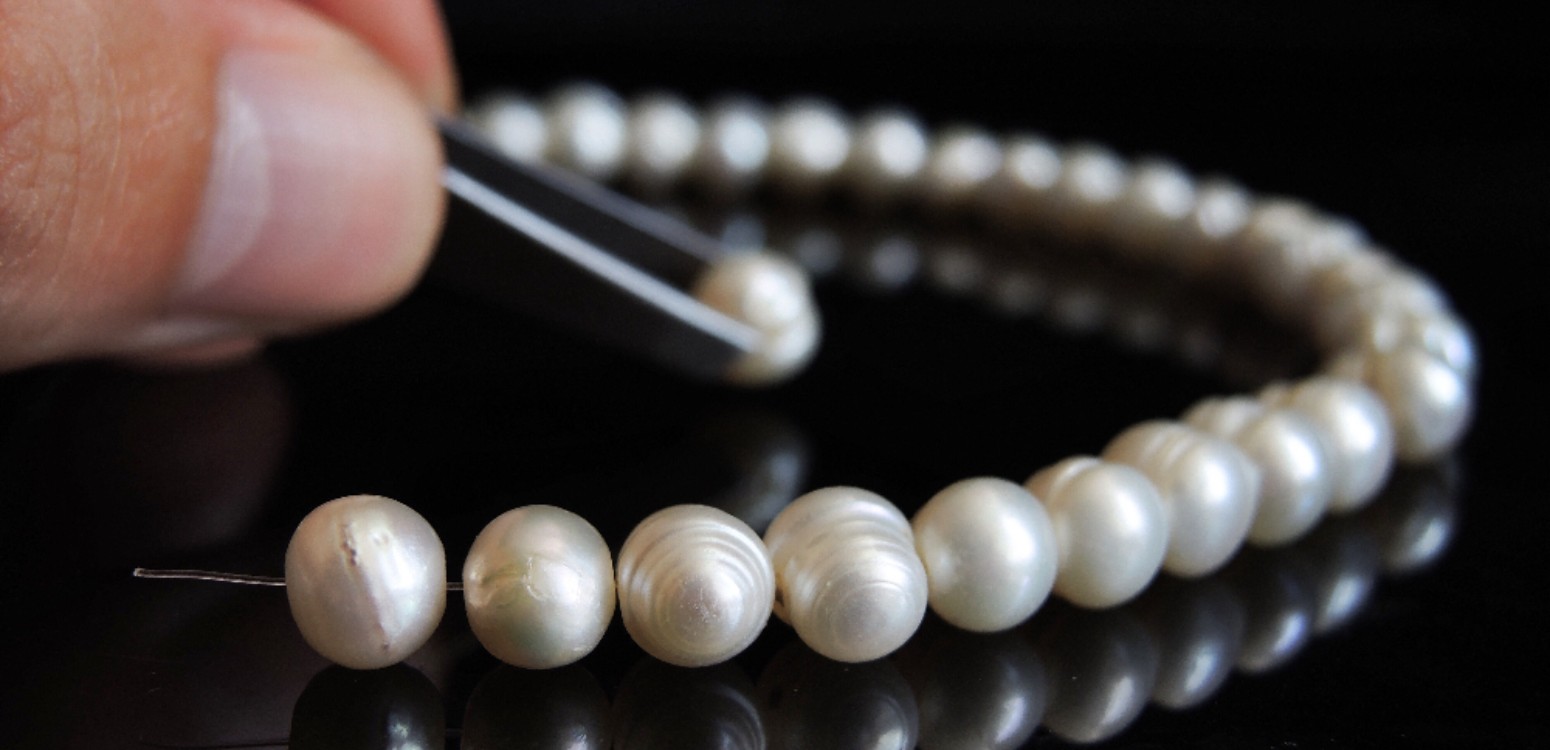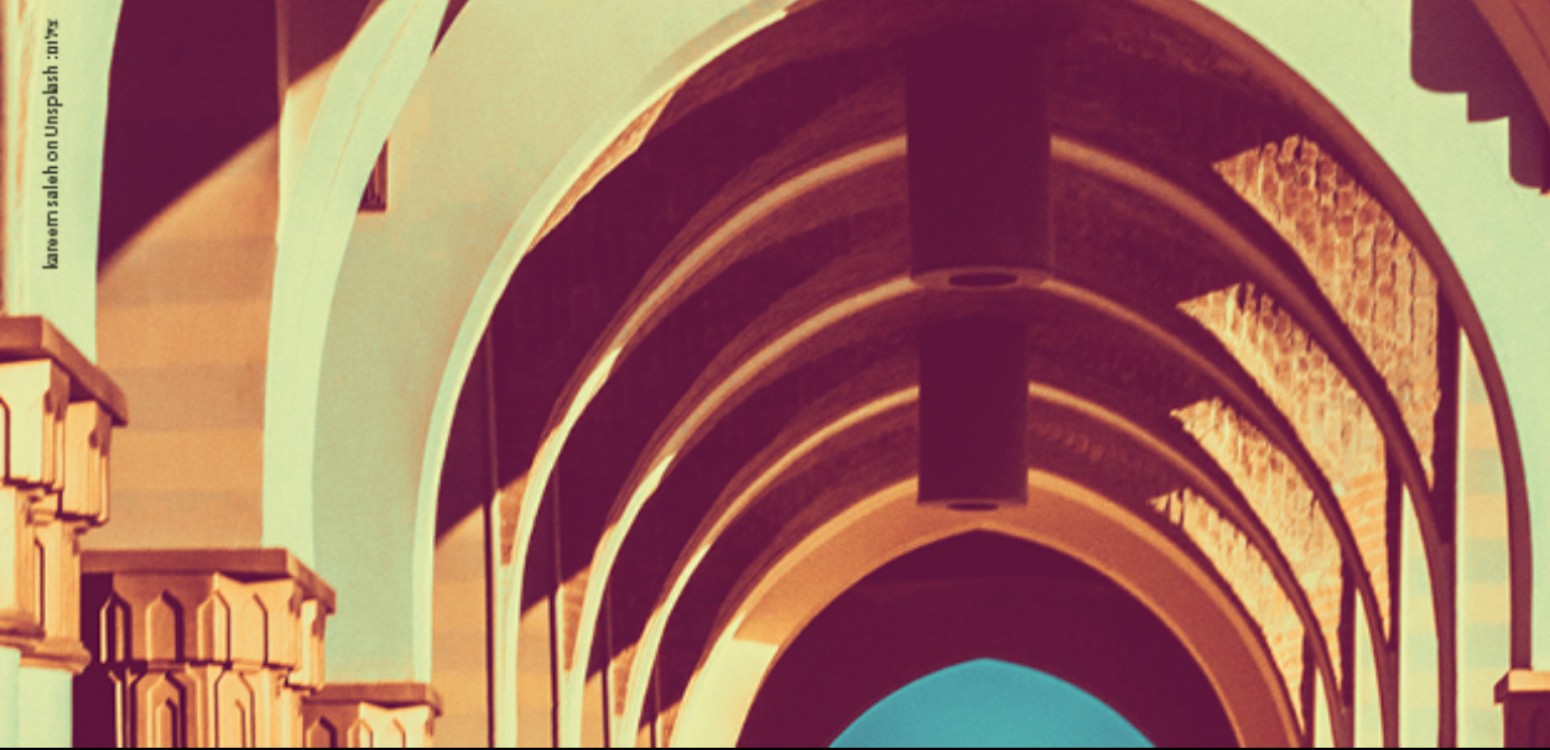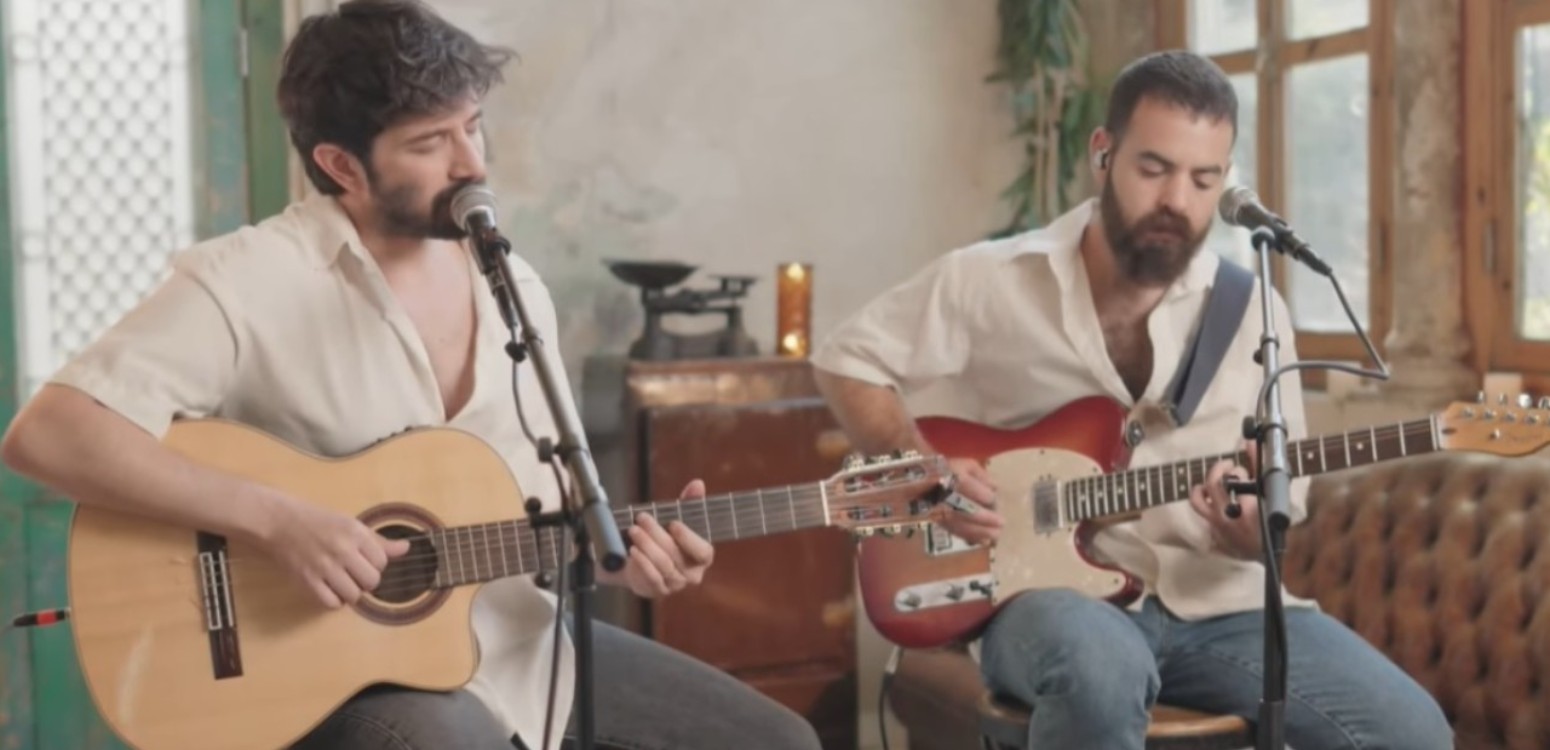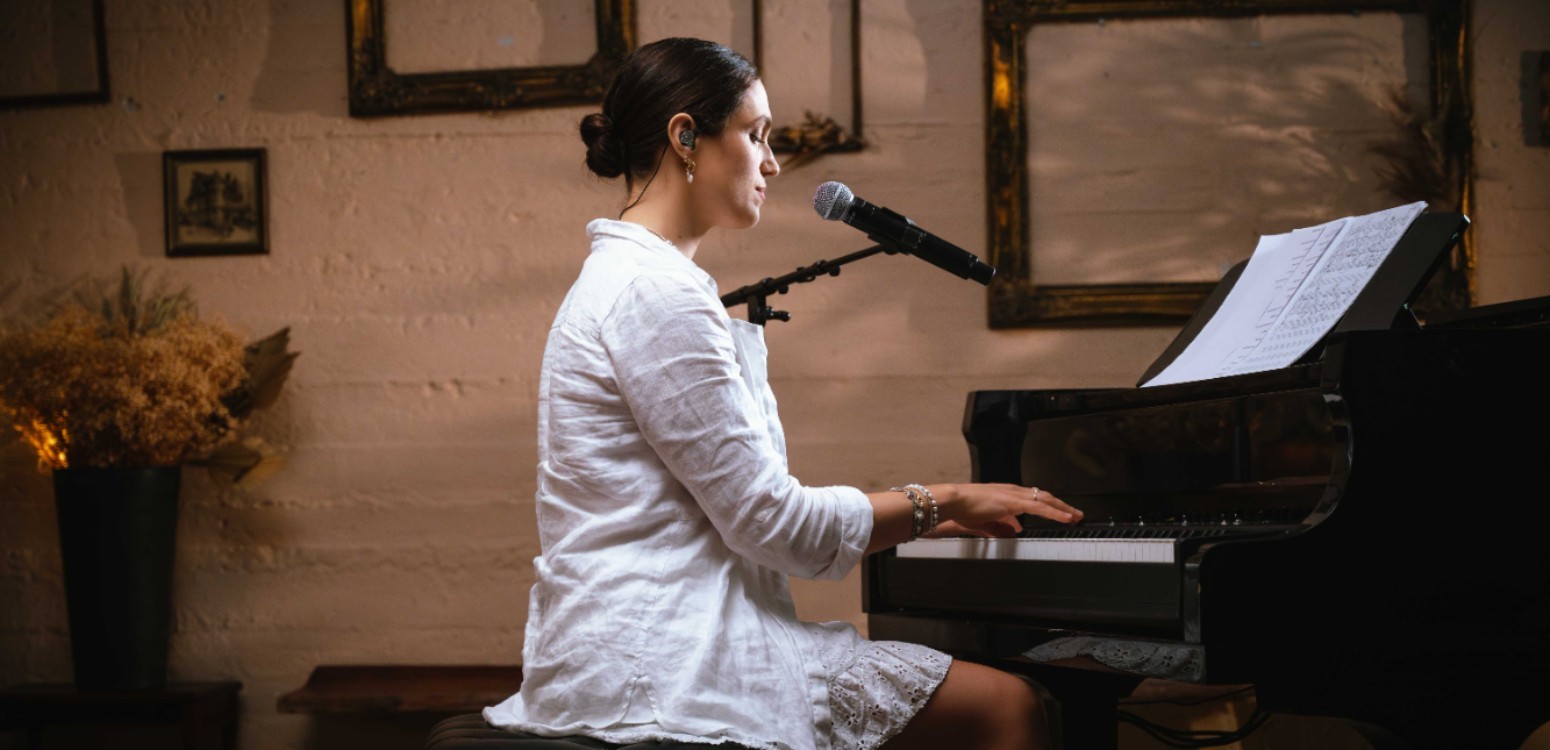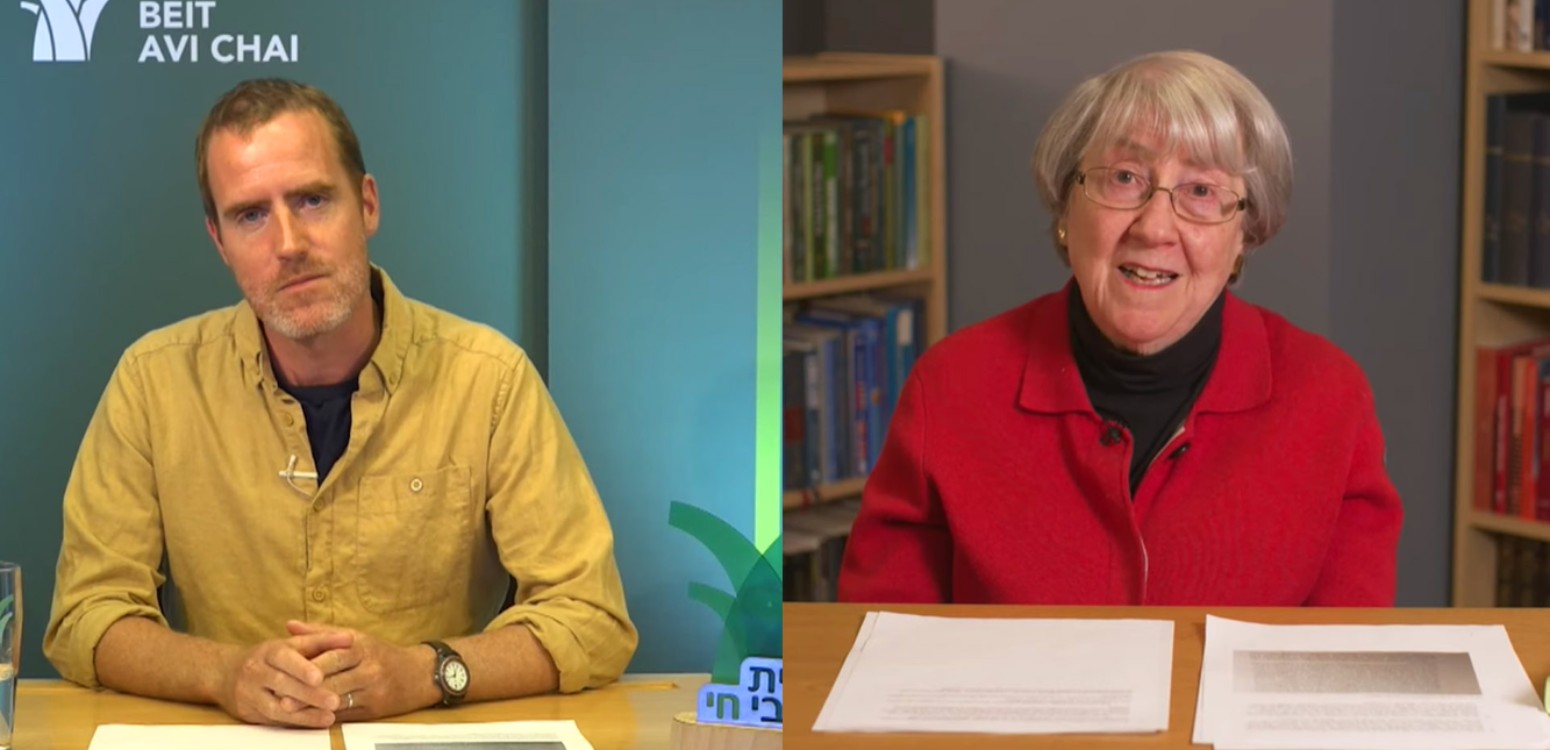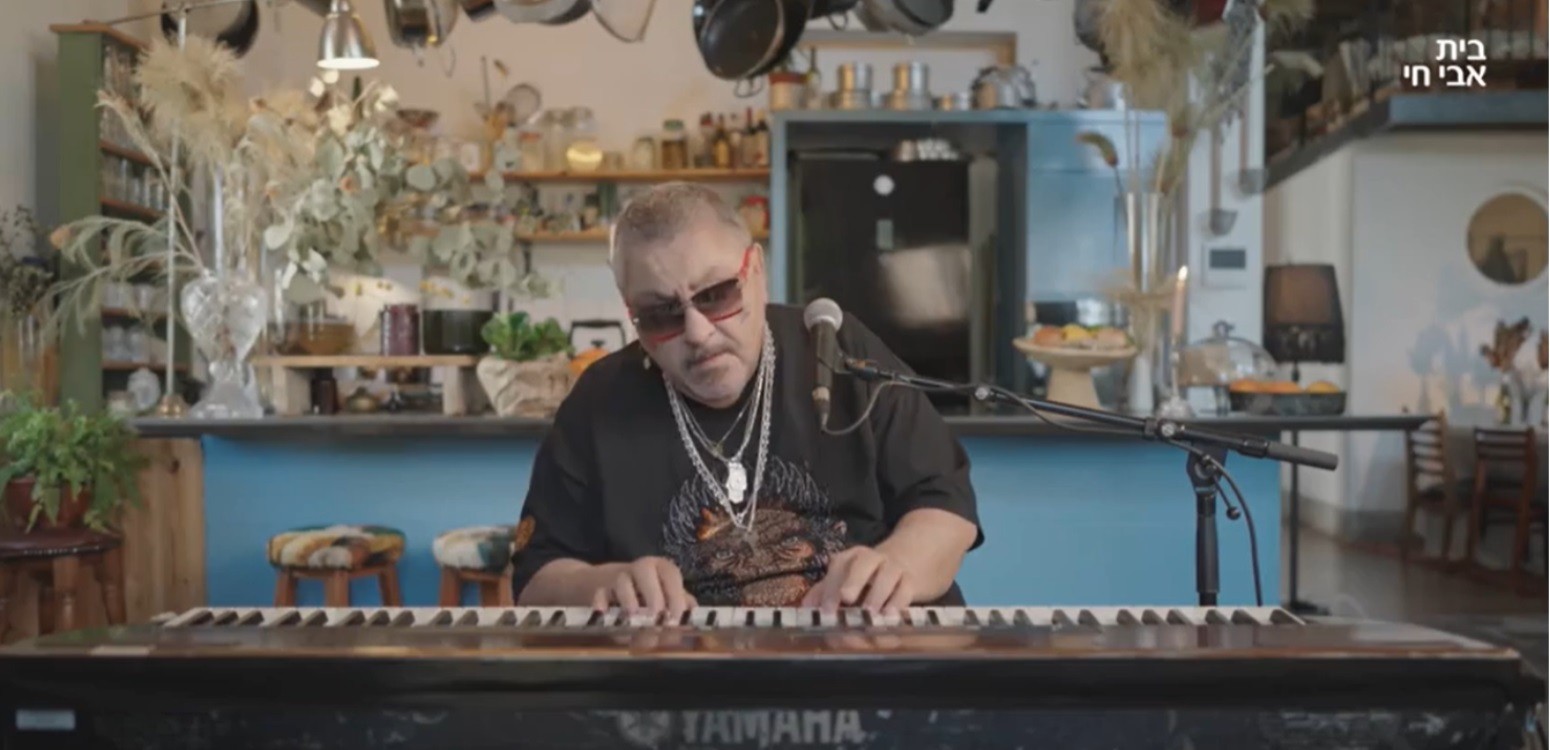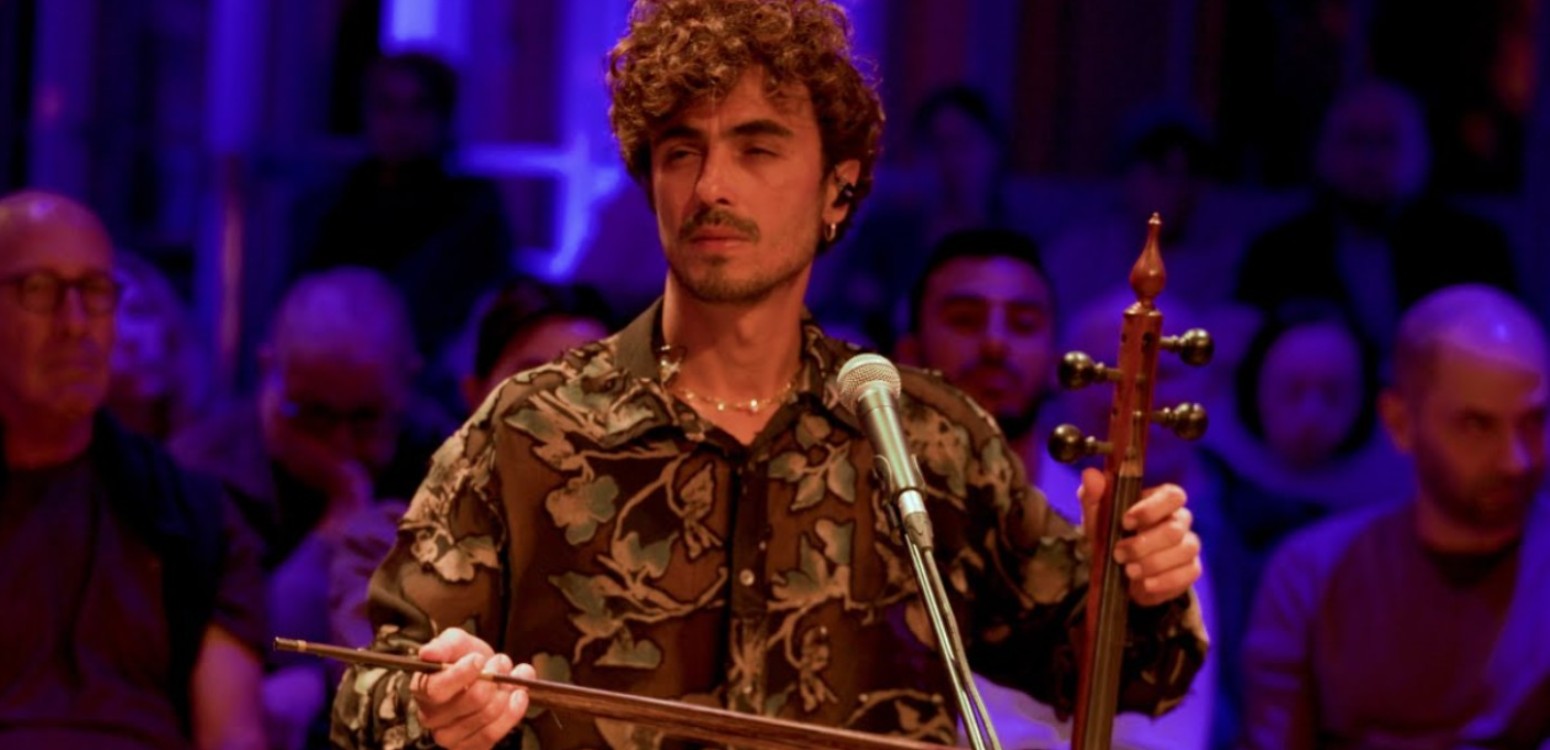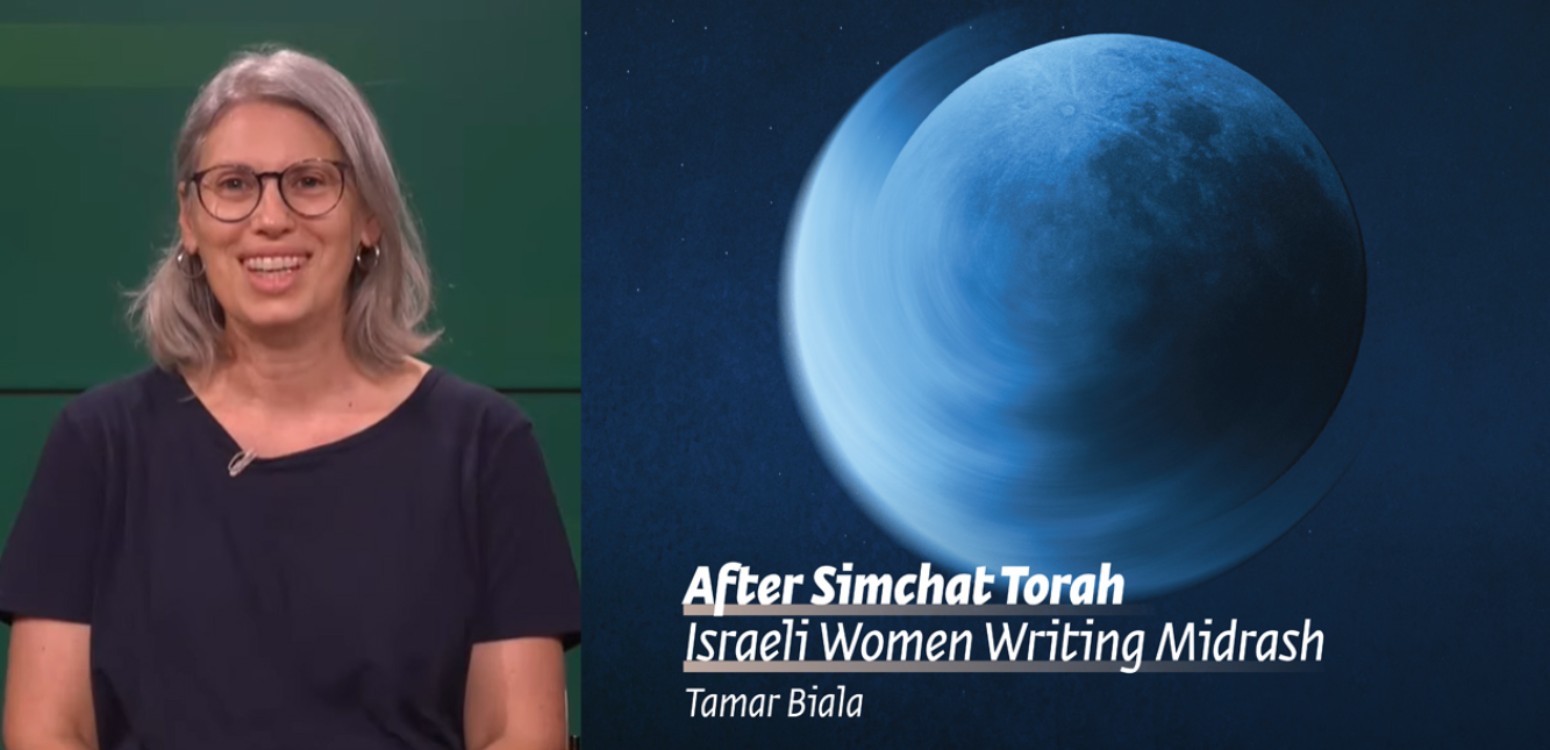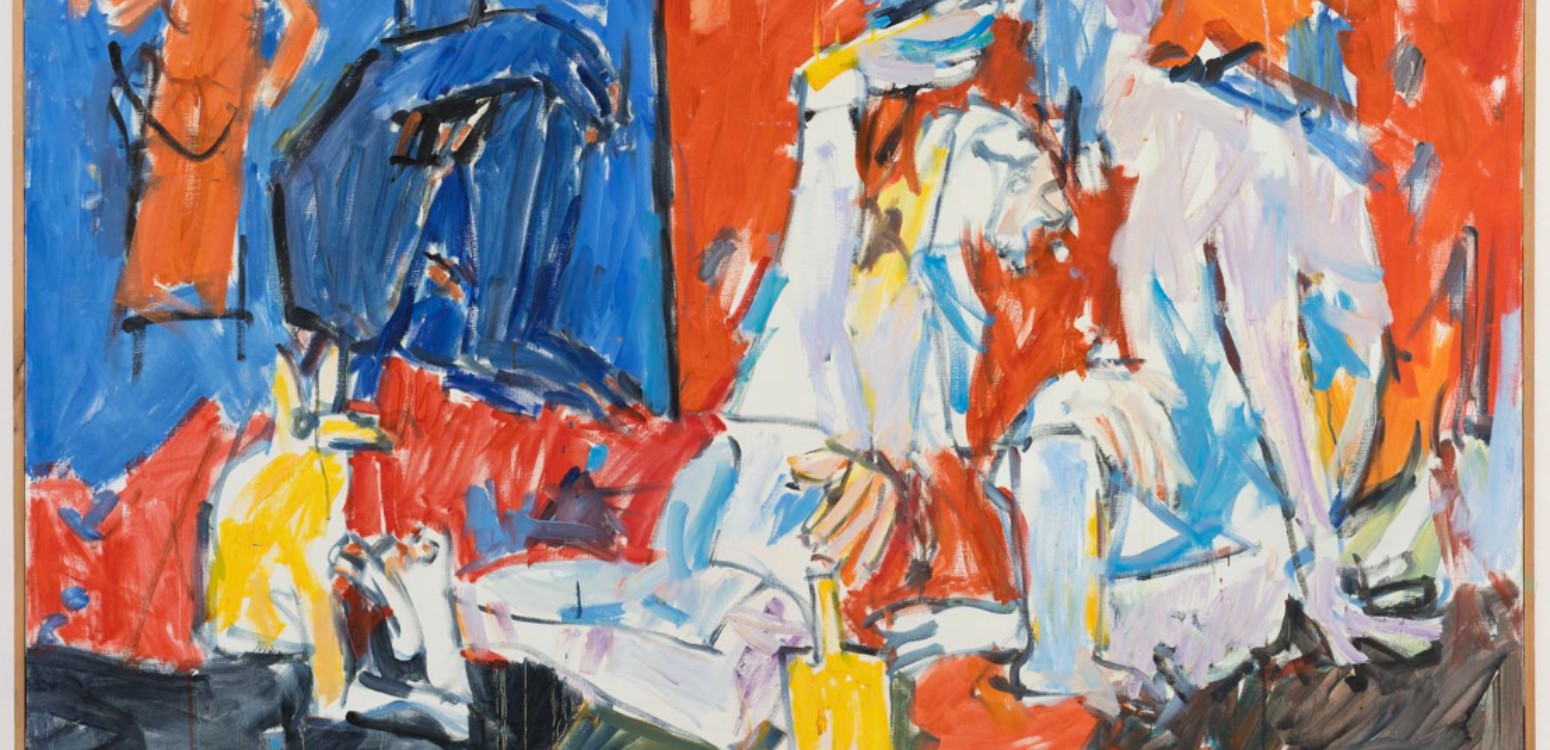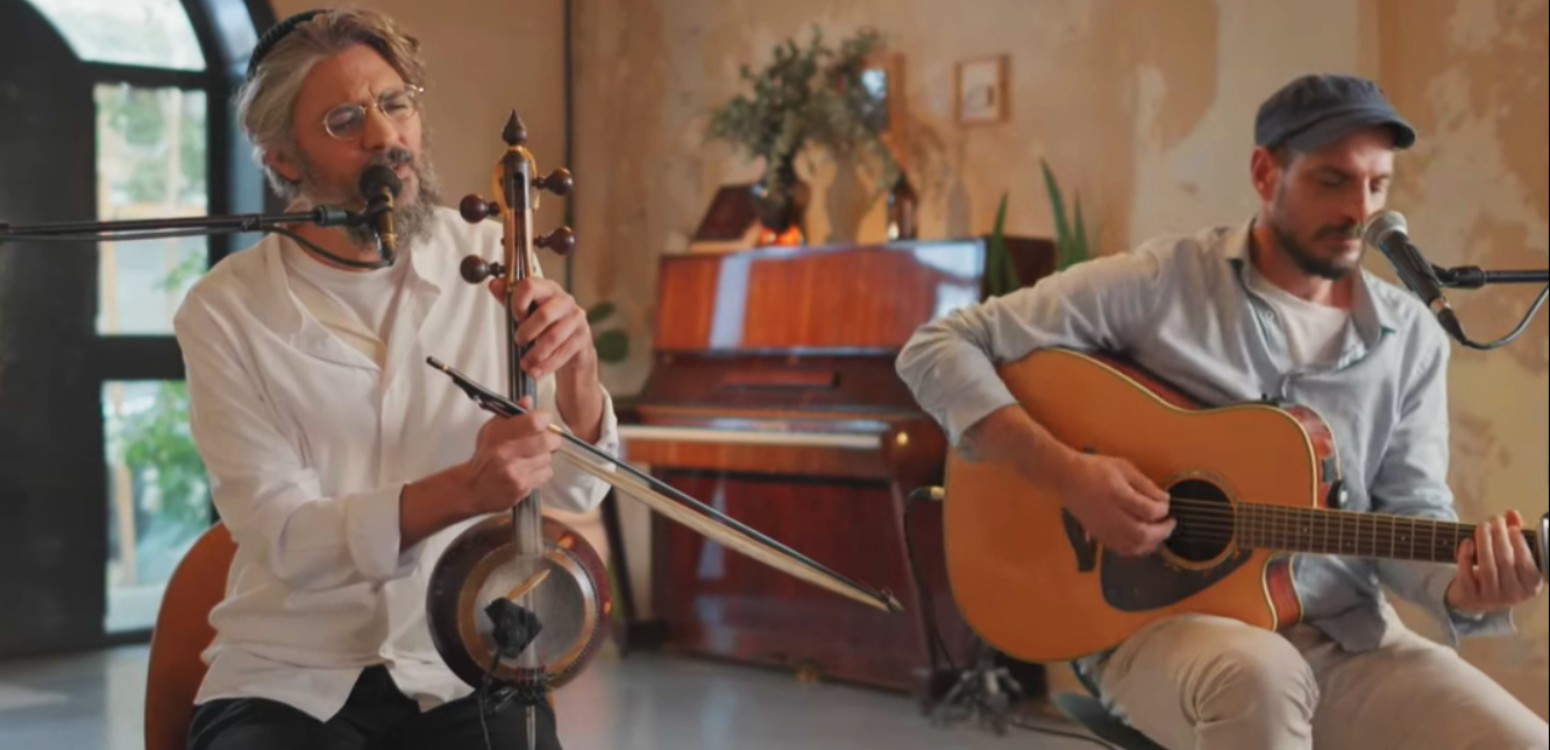
From the Old City of Jerusalem to the remote ruins of Nitzana, Prof. Yana Tchekhanovets follows the echoes of transition, revealing how communities adapt, transform, and ultimately vanish in the face of history’s upheavals
Prof. Yana Tchekhanovets always wanted to be an archaeologist, since her early childhood in the Soviet Union. She probably couldn’t imagine that her dream would come true in the heat of 110 degrees Farenheit and would lead her to one of the ancient world’s most revealing transition points – a remote desert settlement that witnessed the rise and fall of empires.
The excavation site of Nitzana, of which Tchekhanovets is in charge, sits near the border between the Sinai and Negev deserts, more than an hour’s drive from Beer Sheva into the wilderness. The region is so sparsely populated that during the Oslo peace process the area around Nitzana was offered to the would-be Palestinian state in exchange for the West Bank territories to be annexed by Israel. But despite its far-flung location and arduous climate, it was continuously inhabited from the Hellenistic period in the II century BCE until the VIII century, in the aftermath of the Islamic conquest, reaching its peak as a buzzing pit stop for Christian pilgrims in the Byzantine period (VI-VII centuries).
Periods of transition
Tchekhanovets is interested in transition periods, and for this purpose Nitzana is a classic case study. “Archaeology is basically the study of material culture,” she says. “We look at the things that survive the passage of time and those that don’t. Clothes and wooden artefacts, for example, decompose; clay items and bones remain and can tell us a story. Our job is to piece it together.”
Periods of transition disrupt not only the social order but also, as a result, people’s customs and beliefs. These have a direct bearing on trends and developments in material culture. “People feel that the earth is moving from under their feet and are looking for something to hang on to,” Tchekhanovets says. “For example, the end of the Roman Empire and the emergence of Byzantium, in the III and IV centuries, brought about the preoccupation with magic: we see a huge increase in the existence of amulets, astrological paraphernalia, etc. Even the Romans themselves began adopting new belief systems.”
A treasure trove of ancient history
At Nitzana, Tchekhanovets has found material evidence of exactly these kinds of transitional upheavals. The site experienced two major shifts that left clear archaeological traces: the earlier transformation from Roman to Byzantine rule, and later, the more dramatic change brought on by the Muslim conquest in 638.
This is another major point of transition. Jerusalem is the first major city that comes under the Muslims’ wing, and the political permutations propel demographic changes – the Christian population shrinks massively – that in turn take a toll on material culture. “The contact with Rome and Constantinople, that was maintained mainly by sea, is cut off entirely, and the entire country turns its back on the sea and faces eastward,” she says.
Tchekhanovets was initially interested in her home town of Jerusalem – she lives in the Armenian Quarter of the Old City – where she also worked as a tour guide until her transition to archaeology in 2007. There are still several loopholes in the history of the city, quite literally a treasure trove of ancient culture, including ones that are of interest to an archaeologist specializing in the classical period, in which Jewish presence in the city was eradicated.
Jewish culture flourishes elsewhere in the country – chiefly in the South Hebron Hills and in the Galilee, in places like Sepphoris (Tzipori) and Beit Shearim. “This is a time of tremendous richness,” she says. “Lavish synagogues are built, the Talmud is written, regular contact with Rome is maintained.” But from the II century onwards Jerusalem, reduced to rubble by the Romans following a string of Jewish rebellions, is a no-go zone for Jews. Many questions about this period still remain open, Tchechnovets says. “After pulverizing Jerusalem, the Romans built a huge military garrison. It remained standing for 200 years. Where was it? Nobody knows for sure.”
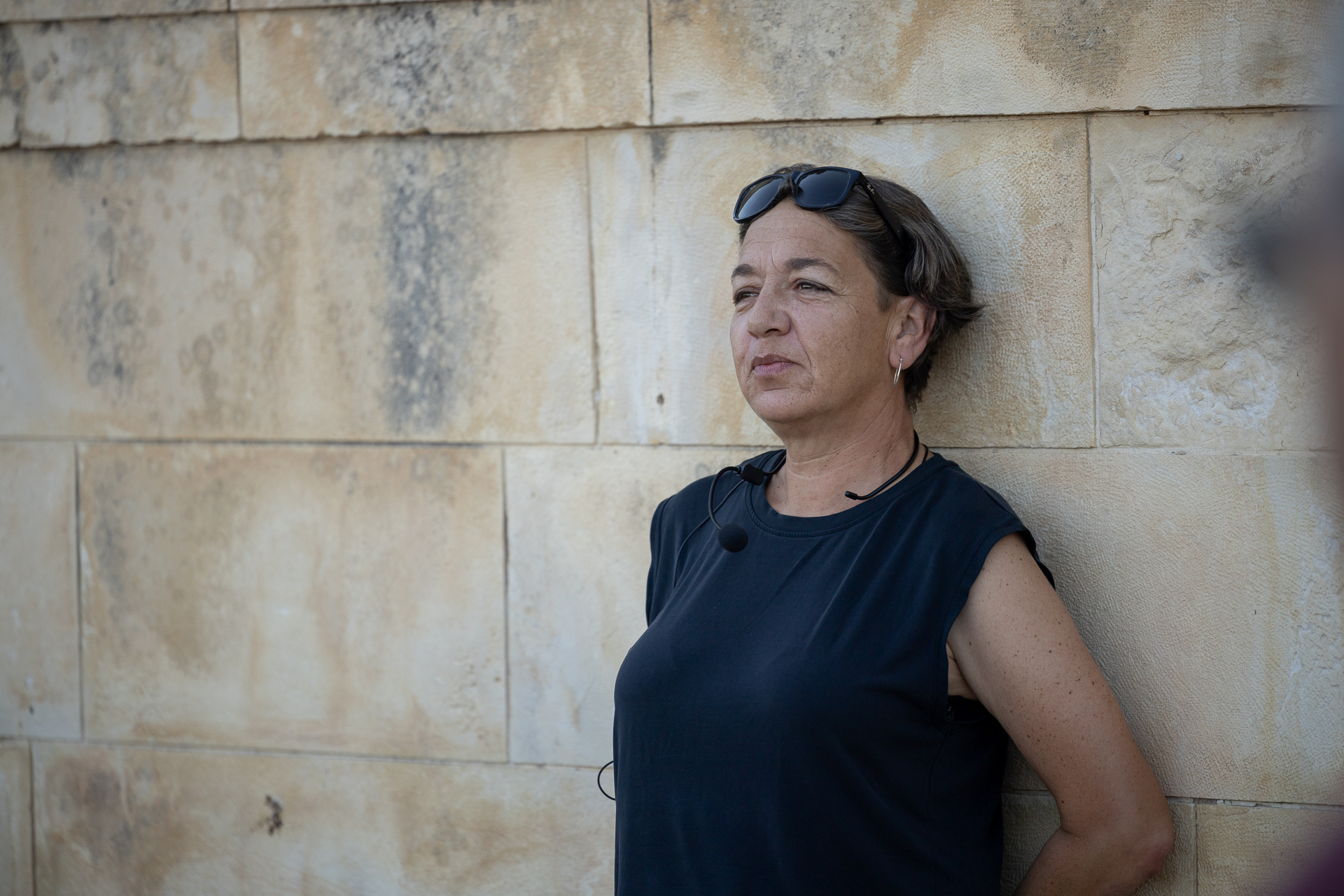
A pilgrims’ boarding house
Israeli archaeologists are busy public servants. Plenty of them work in tandem with the Israel Antiquities Authority on the so-called salvage excavations: in many places across the country, when developers want to pave a road or build a house, the Antiquities Authority needs to sign off on the plan and make sure that it doesn’t cover an unknown archaeological site. Tchechanovets led many of these excavations until she got her appointment at Ben Gurion University of the Negev. There, she engaged in a meta-archaeological project: an Archaeology Department faculty member, who had worked previously on Nitzana, died prematurely without leaving an orderly record of his work. Tchechanovets had to dig through his disorganized papers, while preparing the abandoned site for renewed action.
The last base camp en route to Saint Catherine’s Monastery, the pilgrimage site at the foot of Mount Sinai, Nitzana was an important logistical hub. No less than six churches were found in the city, from where caravans left for the remote monastery that in its heyday was a more popular Christian pilgrimage site than Capernaum and Nazareth. “Here, we’ve actually got a lot of textual evidence,” Tchechanovets says. “For example, in France they found an incredibly detailed travelogue, written by a Christian pilgrim, recounting her voyage. Papyrus scrolls were found in Nitzana already 100 years ago. But about their material culture we know much less.”
As soon as they picked up the work, Tchechanovets and her team uncovered a pilgrims’ boarding house. “We know it was a boarding house and not a monastery because the compound had a bathhouse as well, which was not allowed in monasteries,” she says.
From thriving hub to ghost town
The project has been running for three seasons, with another two planned for completion. What emerges from Tchekhanovets’s work is a portrait of how civilizations adapt and ultimately succumb to historical forces beyond their control. Nitzana’s trajectory – from a thriving hub to ghost town within a single century – offers a window into the fragility of even well-established communities when the currents of history shift. “You can see decline followed by abandonment,” she says. “Quite quickly after reaching its peak, Nitzana became a ghost town.”
For an archaeologist who specializes in transitions, it’s precisely this kind of dramatic transformation that makes the site invaluable – not just for what it reveals about the past, but for what it suggests about the nature of change itself.
Ideas Without Borders, a project of Beit Avi Chai cultural center, presents the video series Twelve Stones of Jerusalem. Each episode is written by archaeologist Yana Tchekhanovets of Ben-Gurion University and narrated in English by the award-winning author and journalist Matti Friedman.
The series tells the macro-history of Jerusalem across the ages through the micro-histories of twelve specific stones.
For more, see The Twelve Stones of Jerusalem.
Main Photo: Prof. Yana Tchekhanovets by Nikolay Busygin
Also at Beit Avi Chai

